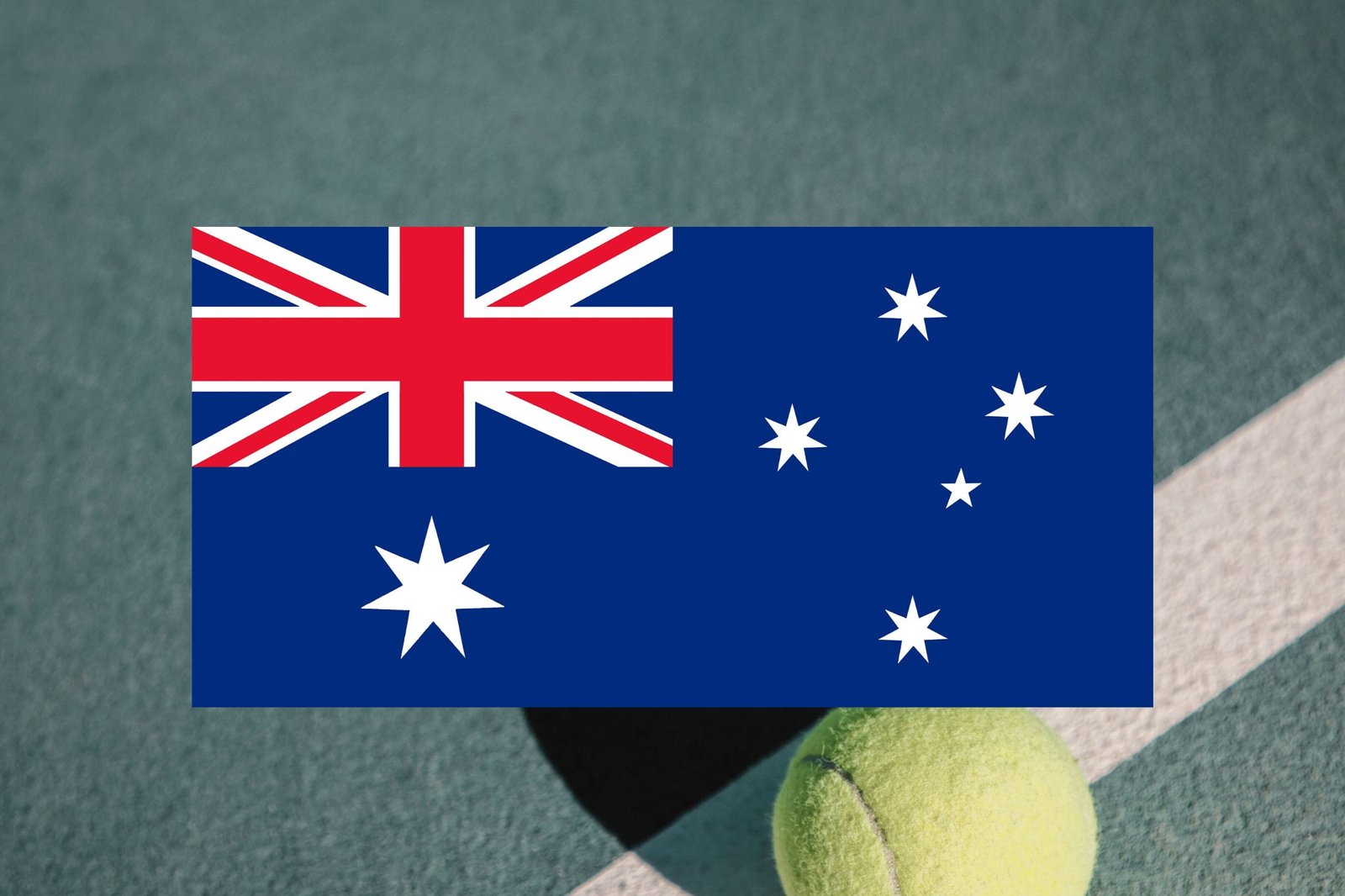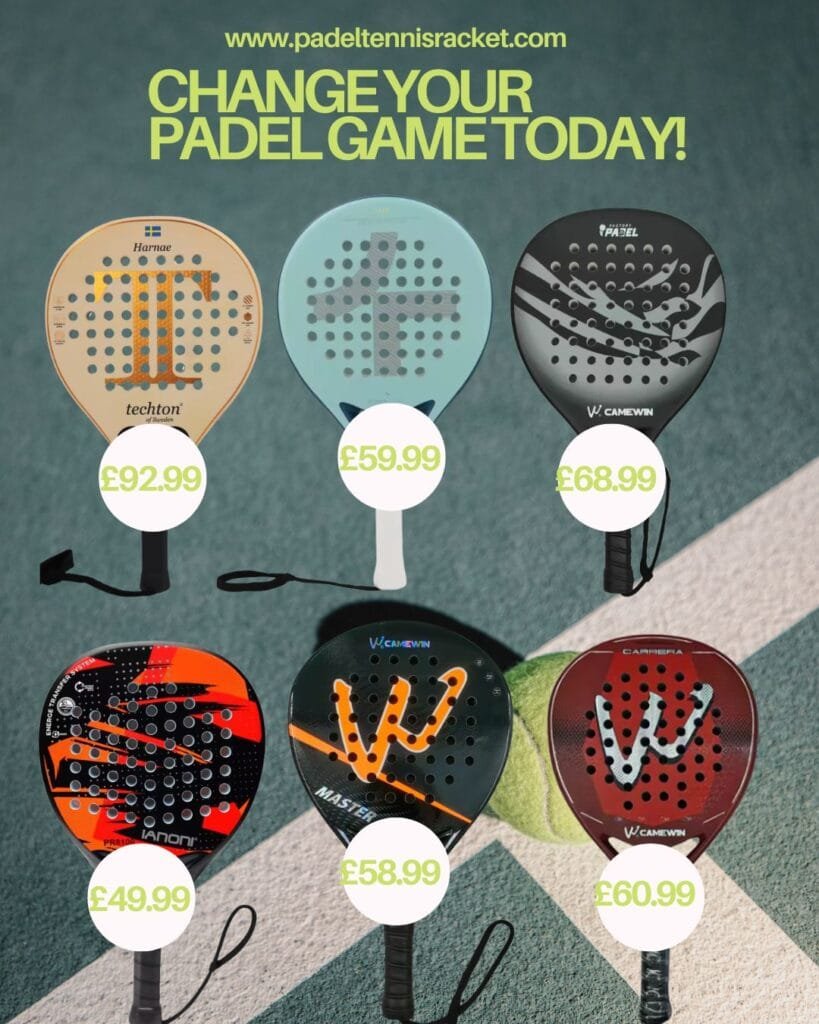
In a country known for its love of sport, it’s no surprise that padel in Australia is starting to make waves. Combining the excitement of tennis with the strategy of squash, padel is a doubles-only racket sport played on a smaller, enclosed court. Its rise around the world has been meteoric, and now, Australians are beginning to embrace this accessible, fast-paced, and social game with open arms.
Though still in its early stages, padel in Australia is growing rapidly, driven by passionate communities, private investors, and an increasing appetite for new ways to stay active and connected.
A Global Sport Finds Ground in Australia
Padel originated in Mexico in the 1960s and has since exploded in popularity, especially in Spain and Latin America. Over the last decade, Europe and the Middle East have followed suit. As the sport reached international maturity, it was only a matter of time before it arrived Down Under.
The first purpose-built padel courts in Australia appeared around 2016, with facilities popping up in major cities like Sydney, Melbourne, and Brisbane. At first, these clubs catered largely to expats from Spain, South America, and Europe who were already familiar with the sport. However, word spread quickly, and today, padel in Australia is attracting players from all backgrounds, including tennis enthusiasts, recreational athletes, and families looking for a fun new activity.
Why Padel Appeals to Australians
Australia’s climate, sporting culture, and love for outdoor activities make it an ideal setting for padel. The game is simple to pick up, less physically demanding than tennis, and incredibly engaging. The enclosed court keeps the ball in play longer, making rallies more exciting and enjoyable even for beginners. Played in doubles, the game is as much about teamwork and communication as it is about athleticism.
Much like backyard cricket and weekend barbies, padel in Australia is shaping up to be a highly social affair. Many clubs offer more than just courts, they provide café spaces, music, and events that bring people together. It’s a sport that encourages community, which resonates strongly with Australian values.
The Rise of Padel Clubs and Private Investment
One of the key drivers behind the growth of padel in Australia is the private sector. Entrepreneurs and investors, many with backgrounds in tennis or fitness, have launched boutique padel clubs across the country. Some have even imported court materials and technology directly from Spain to ensure a world-class experience.
Urban centres like Sydney and Melbourne now feature multiple padel courts, often co-located with gyms or other recreational facilities. In regional areas, multi-sport venues are beginning to include padel alongside tennis, futsal, and pickleball.
Despite the challenges of space and regulation, the appetite for more facilities is growing fast. In fact, many clubs report waitlists for bookings, especially during weekends and evenings. It’s clear that the demand is there, and developers are starting to take notice.
Competitive Padel and Australia’s Sporting Spirit
As more people pick up a racket, the competitive scene is also beginning to develop. Amateur tournaments are becoming more frequent, and a small but enthusiastic pool of players is participating in events sanctioned by the International Padel Federation (FIP). These tournaments offer a pathway for Australian athletes to compete internationally and raise the country’s profile in the global padel community.
Some clubs have begun youth training programs and coaching clinics, indicating a long-term vision for player development. With Australia’s strong record in tennis and other racket sports, there is huge potential for homegrown talent to emerge on the international padel stage.
Challenges and the Road Ahead
While the future of padel in Australia looks bright, there are still hurdles to overcome. Currently, there is no unified national governing body specifically for padel, which limits opportunities for standardised rankings, development pathways, and broader funding.
Moreover, court availability remains a major issue. Building padel courts requires investment, space, and proper zoning permissions, factors that can slow the pace of expansion. Nevertheless, increased interest from councils, schools, and private operators could soon address these limitations.
Advocates of padel in Australia are optimistic. Several groups are now pushing for greater recognition, including the integration of padel into multi-sport complexes, public spaces, and national fitness programs.
The Future Is Now
With a unique blend of fun, fitness, and friendship, padel in Australia is well on its way to becoming a national favourite. As more people discover its appeal and more courts are built across the country, the sport will likely grow in visibility and influence.
Whether you’re a seasoned tennis player, a weekend warrior, or someone simply looking for a new way to stay active, now is the perfect time to try padel in Australia. As the sport continues to gain traction, it’s not just a trend,it’s a new chapter in Australia’s ever-evolving sporting story.


